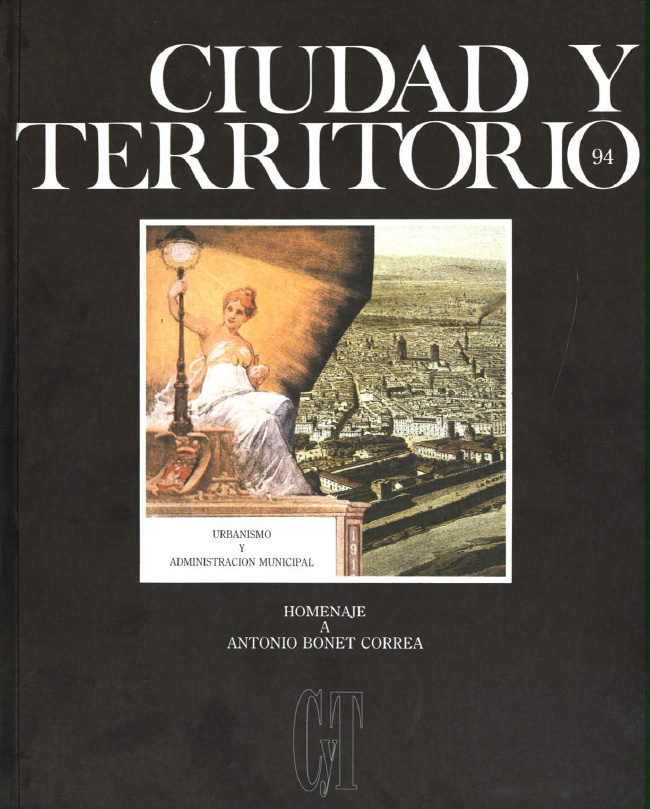COSTLY TRANSPORT AND URBAN GROWTH: BARCELONA AND ITS TRAMWAYS, 1872-1914
Abstract
The paper examines the relationship as between transport and city growth in Barcelona in the period before which public transport became democratically public. Once having established the relative importance of the various modes of intercity transport from the mid-19th Century onwards, the paper settles down to an examination of the tram as the most binding of the city's transport possibilities. To do so, a methodology in which traffic returns and their being broken down as to social class and urban settlement is suggested. For that period when such a means of transport was costly-the period up to the First World War at the least- tram travel shows itself to have been of importance in a quite specific area of the city, the North-west, this being an area of upper class housing, the homeground of the wealthy. The tramways are thus seen as having played their part in the re-inforcing of class differences alreday to be then found in the urban groundplan and of helping to make second-residence suburban areas into the permanent dwelling places of the well-to-do.
Downloads
Downloads
Published
How to Cite
Issue
Section
License
Copyright (c) 1992 José Luis Oyón

This work is licensed under a Creative Commons Attribution-NonCommercial-NoDerivatives 4.0 International License.
Considering the provisions of the current legislation on Intellectual Property, and in accordance with them, all authors publishing in CyTET give -in a non-exclusive way and without time limit- to the Ministry of Transport, Mobility and Urban Agenda the rights to disseminate, reproduce, communicate and distribute in any current or future format, on paper or electronic, the original or derived version of their work under a Creative Commons Attribution-NonCommercial-NoDerivative 4.0 license International (CC BY-NC-ND 4.0), as well as to include or assign to third parties the inclusion of its content in national and international indexes, repositories and databases, with reference and recognition in any case of its authorship.
In addition, when sending the work, the author(s) declares that it is an original work in which the sources that have been used are recognized, committing to respect the scientific evidence, to no longer modify the original data and to verify or refute its hypothesis. Author(s) also declare that the essential content of the work has not been previously published nor will it be published in any other publication while it is under evaluation by CyTET; and that it has not been simultaneously sent to another journal.
Authors must sign a Transfer of Rights Form, which will be sent to them from the CyTET Secretariat once the article is accepted for publication.
With the aim of promoting the dissemination of knowledge, CyTET joins the Open Journal Access (OA) movement and delivers all of its content to various national and international indexes, repositories and databases under this protocol; therefore, the submission of a work to be published in the journal presupposes the explicit acceptance by the author of this distribution method.
Authors are encouraged to reproduce and host their work published in CyTET in institutional repositories, web pages, etc. with the intention of contributing to the improvement of the transfer of knowledge and the citation of said works.








 Enlace a CyTET en Linkedin
Enlace a CyTET en Linkedin